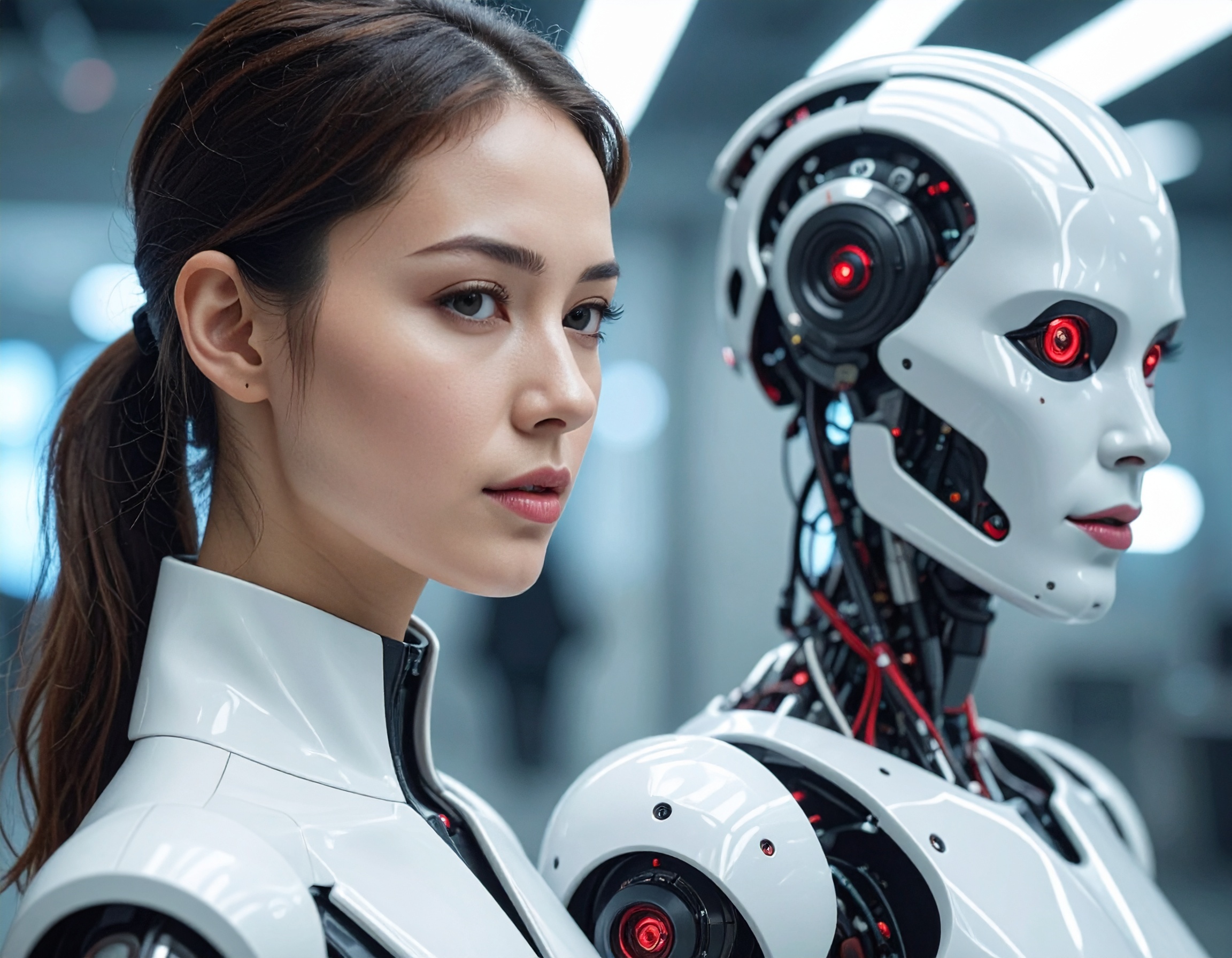China’s Automation Surge: How Nearly 300,000 Robots Reshaped Manufacturing in 2024

A Robotic Boom in 2024
In 2024, Chinese factories installed 295,000 new industrial robots—more than half of global installations—outpacing the rest of the world combined. That surge pushed China’s total operational robot stock to over 2 million units, effectively doubling its count since 2021. The scale of this automation leap highlights how aggressively China is converting traditional labor into systems run by non-human workers.
India Trails Behind but Grows
By comparison, India’s factories installed just 9,100 robots in the same period, reflecting a modest 7 % annual growth. Within India’s deployments, the automotive sector accounted for 45 % of robot adoption. Globally, this places India in sixth place for new robot installations—barely ahead of Germany. The contrast underlines how far India still has to go to compete in high-scale automation.

Implications & Noteworthy Innovations
China’s rise in industrial robotics isn’t just about volume. Last year, for the first time, domestic robot makers sold more units within China than foreign competitors, achieving a 57 % domestic share (up from 47 % in 2023). The country’s automation strategy is seen as reaching a pivotal milestone toward full modernization.
A striking example of innovation is Unitree Robotics, which in July unveiled a humanoid robot called R1—capable of doing cartwheels and even designed to compete with Boston Dynamics’ machines. Though still experimental, developments like R1 hint at what future AI Employees or Voice AI Agents might look like when they cross from labs to factories.
Why It Matters
- Automation of this scale shifts the nature of work: from manual labor to supervision of non-human workers.
- Countries that lag behind risk falling into a productivity gap in manufacturing competitiveness.
- The trend suggests that the next industrial frontier is less human, more algorithmic—and that AI Employee models may soon move beyond digital realms to physical production lines.
Key Highlights:
- China installed 295,000 robots in factories in 2024, more than half of global total.
- China now operates over 2 million industrial robots, doubling since 2021.
- India installed 9,100 robots in 2024 (7 % growth), with automotive sector leading adoption.
- Chinese robot makers captured 57 % domestic market share in 2024.
- Humanoid robot “R1” by Unitree demonstrates how Voice AI Agents and AI Employees might evolve.
Reference:


